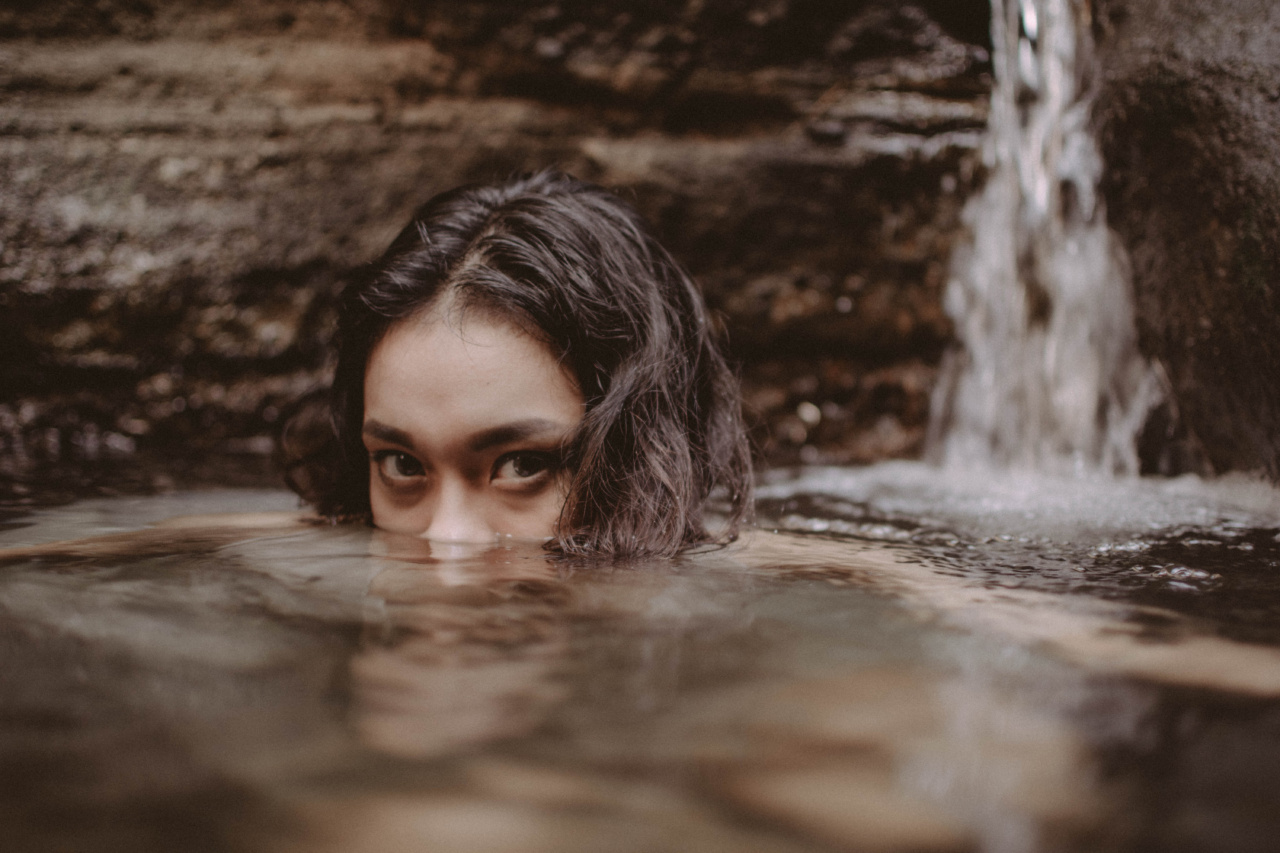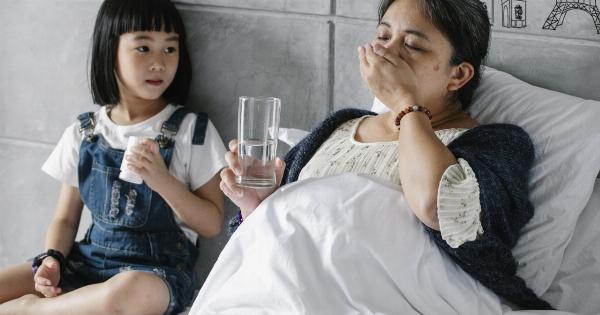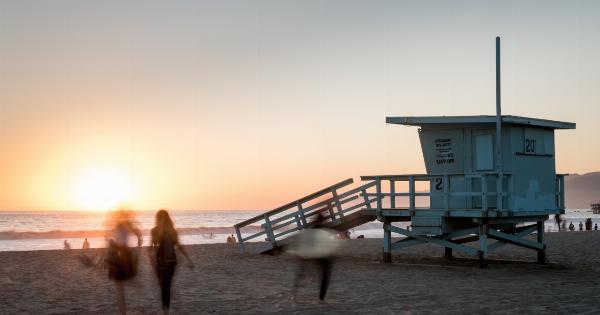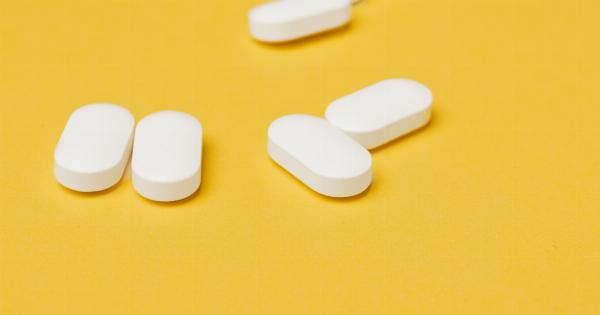Swimming is a popular activity that can provide numerous health benefits such as improved cardiovascular fitness and enhanced muscle strength.
However, it is not uncommon for swimmers to experience hair discoloration after spending time in pools or other bodies of water. This article will explore the various causes of hair discoloration after swimming and discuss possible prevention and treatment methods.
1. Chlorine
Chlorine is a chemical commonly used in swimming pools to kill bacteria and maintain water hygiene. While it serves an essential purpose, it can also be detrimental to hair health.
Chlorine has a high pH level, which can disrupt the natural pH balance of the scalp and hair. This disruption can lead to hair discoloration, particularly for individuals with lighter hair shades.
2. Copper
Copper is naturally present in water sources, and it can find its way into swimming pools through various means. The presence of copper in pool water can cause hair to take on a greenish tint.
This discoloration occurs when copper ions oxidize and bind to the protein in hair strands.
3. Iron
Iron is another element that can be found in water sources and contribute to hair discoloration.
When iron particles come into contact with hair, they can lead to rust-like stains, especially if the hair has been previously chemically treated or damaged. Iron discoloration tends to appear as reddish or orange hues.
4. Hard Water
Hard water refers to water that contains high mineral content, particularly calcium and magnesium. When hair is exposed to hard water, the minerals can build up on the hair shaft, leading to discoloration and a dull appearance.
Hard water can also make it more challenging for shampoos and other hair care products to lather effectively.
5. Algae
In some cases, hair discoloration after swimming may be a result of exposure to algae. While algae are not always visible to the naked eye, they can release pigments that can discolor hair.
Algae-related hair discoloration is often greenish or yellowish in hue.
6. Sun Exposure
Swimming pools, particularly outdoor ones, often expose swimmers to prolonged sunlight. UV rays from the sun can cause hair color fading, especially in individuals with naturally lighter hair shades.
Sun exposure can also make hair more susceptible to damage from chlorine and other chemicals.
7. Lack of Hair Protection
Failure to protect the hair adequately while swimming can contribute to hair discoloration. Saturating the hair with fresh water prior to entering the pool can help minimize the absorption of chlorine and other substances.
Additionally, wearing a swim cap or applying a protective leave-in conditioner can create a barrier between the hair and pool water, reducing the risk of discoloration.
8. Previous Hair Treatments
Hair that has been previously treated with dyes, relaxers, or other chemical products may be more prone to discoloration after swimming.
The chemical treatments can make the hair more porous, allowing it to absorb and retain substances like chlorine, copper, and iron more readily.
9. Lack of Pool Maintenance
Swimming pools require regular maintenance to ensure proper water chemistry. When pools are not adequately maintained, the levels of chlorine, copper, or iron can become imbalanced, increasing the risk of hair discoloration for swimmers.
Regular testing of pool water and appropriate use of chemicals can help minimize this issue.
10. Genetics
While the majority of hair discoloration after swimming can be attributed to external factors, some individuals may experience hair color changes due to genetic predispositions.
Certain individuals may have hair that is more susceptible to chlorine, copper, or other substances found in pool water, leading to more noticeable discoloration.
Conclusion
Hair discoloration after swimming can be caused by a range of factors including chlorine, copper, iron, hard water, algae, sun exposure, lack of hair protection, previous hair treatments, lack of pool maintenance, and even genetics.
Understanding these causes can help swimmers take appropriate preventive measures such as saturating the hair with fresh water, wearing swim caps, using protective leave-in conditioners, and maintaining proper pool chemistry. By implementing these preventive measures, swimmers can enjoy the benefits of swimming while keeping their hair healthy and vibrant.





























